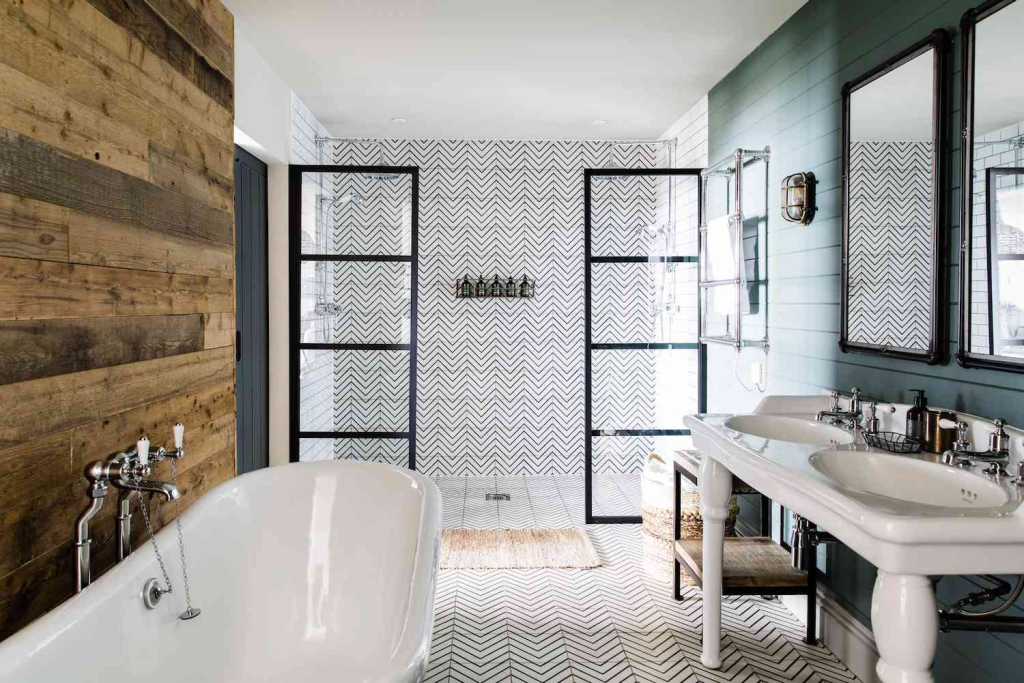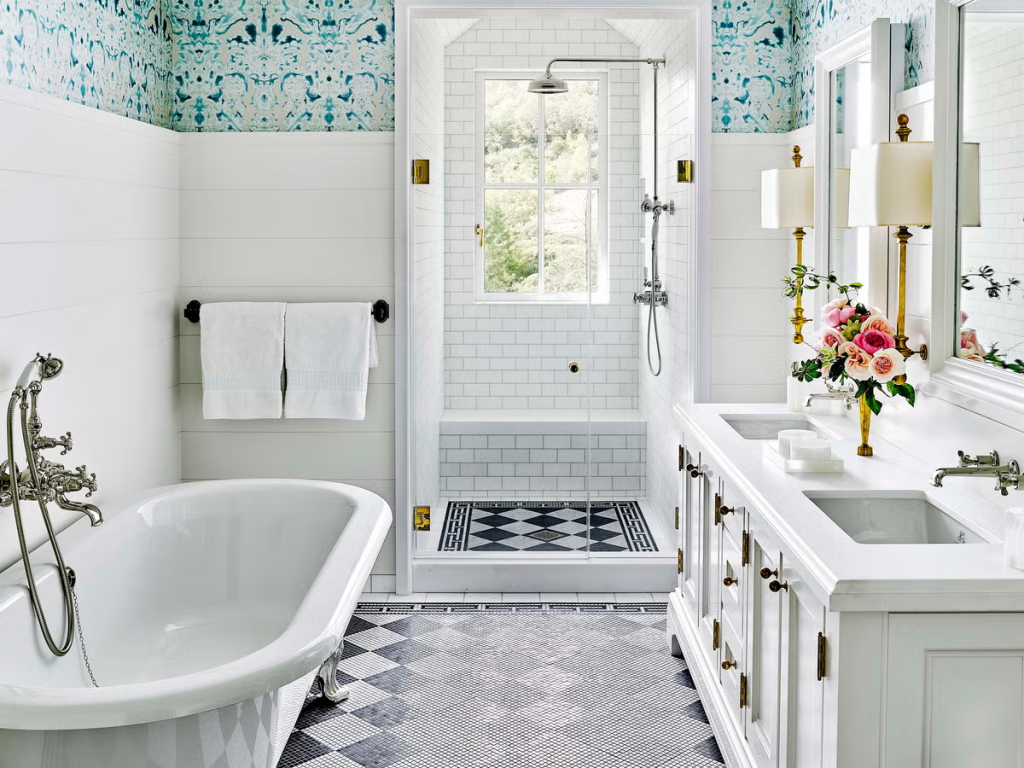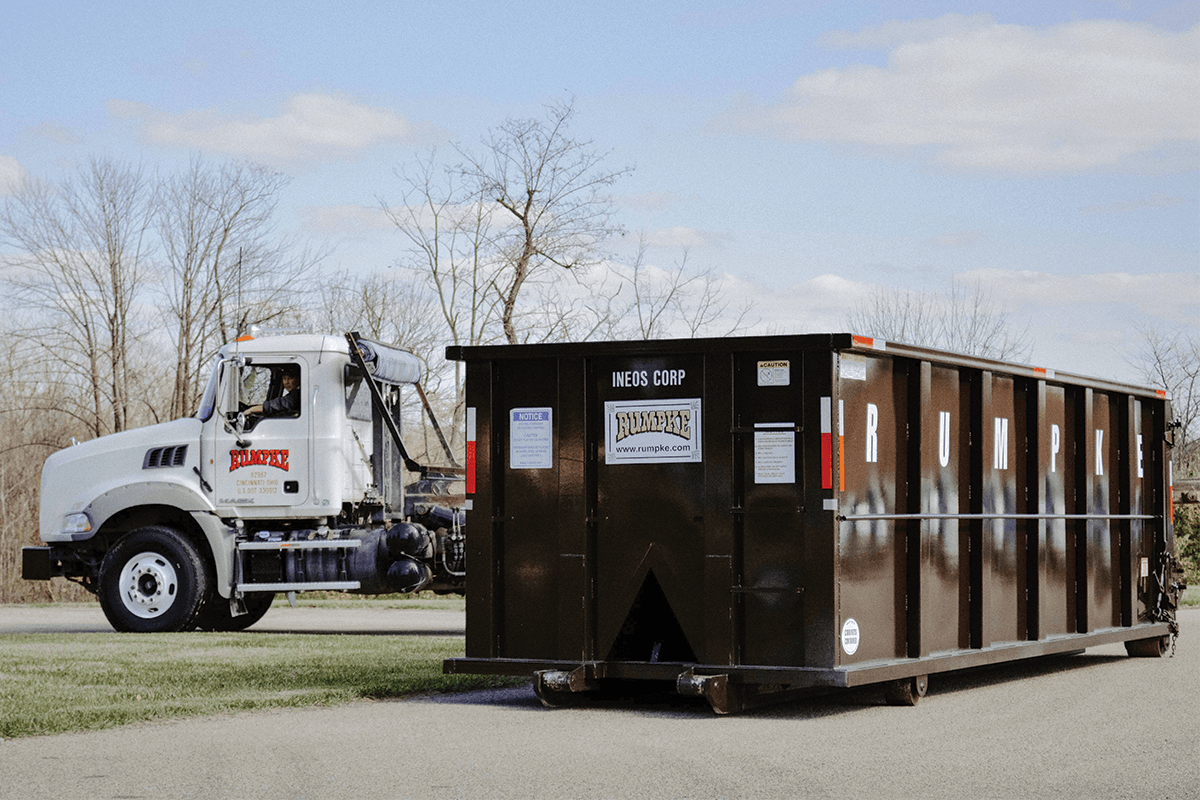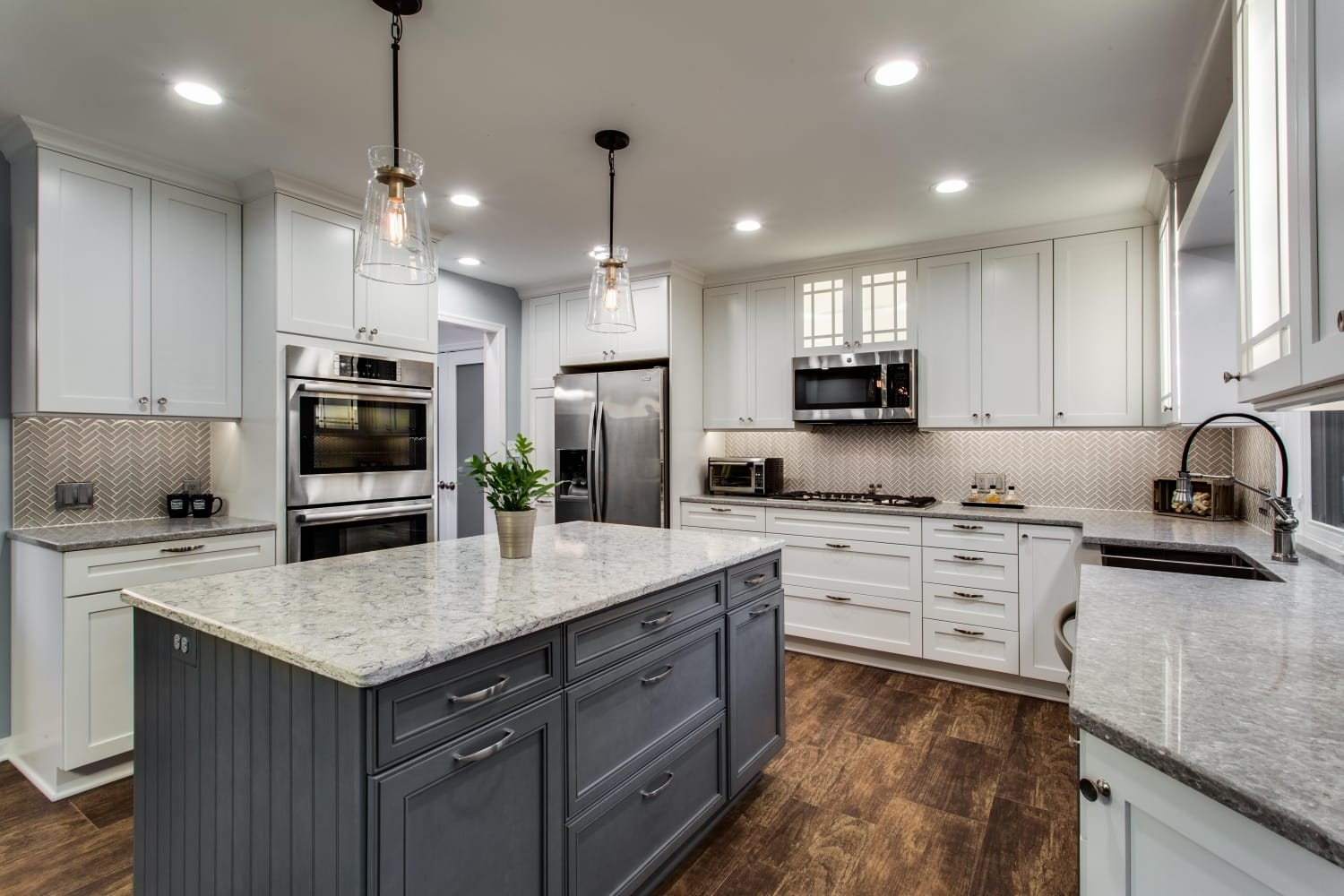In American homes, bathrooms are no longer just functional spaces — they’re becoming personal retreats designed for comfort, safety, and style. One of the most popular upgrades in recent years is the walk-in shower, a sleek, accessible, and practical alternative to the traditional bathtub.

Whether you’re renovating for modern aesthetics, accessibility, or aging in place, understanding the benefits and options of walk-in showers can help you make the right choice for your home.
1. What Is a Walk-In Shower?
A walk-in shower is a shower area that has no raised threshold or door, allowing for easy entry and a spacious, open look. It typically features tiled walls, a glass enclosure or half wall, and a sloped drain floor for water control.
Unlike traditional shower-tub combinations, walk-in showers offer a barrier-free design that’s both functional and visually appealing. They can be customized to fit nearly any bathroom size — from compact powder rooms to luxurious spa-like master baths.
2. Why More Americans Are Choosing Walk-In Showers
Walk-in showers are not just a design trend — they represent a smart lifestyle choice. Here’s why:
- Accessibility & Safety: Ideal for seniors or individuals with limited mobility. The zero-threshold entry reduces the risk of slips and falls.
- Modern Aesthetic: Clean lines and open space make bathrooms appear larger and more contemporary.
- Low Maintenance: Without a tub ledge or curtain, walk-in showers are easier to clean and less prone to mold buildup.
- Customization Options: Choose rainfall showerheads, bench seating, built-in shelves, grab bars, or even steam features.
- Home Value Boost: A modern, accessible bathroom can increase resale value and appeal to a wider range of buyers.
3. How Much Does a Walk-In Shower Remodel Cost?
The cost of converting to or installing a walk-in shower varies depending on materials, size, and plumbing complexity. According to 2024 U.S. remodeling cost data, here’s a general breakdown:
| Type of Installation | Average Cost (USD) | Description |
|---|---|---|
| Basic prefab unit | $1,500 – $3,000 | Includes fiberglass or acrylic panels; minimal tile work. |
| Mid-range remodel | $4,000 – $7,500 | Includes tile flooring, glass door, modern fixtures. |
| Custom luxury design | $8,000 – $15,000+ | Includes frameless glass, high-end tile, rainfall system, bench seating. |
Pro tip: If you’re replacing an old bathtub with a walk-in shower in the same space, expect costs between $3,000 and $10,000, depending on plumbing changes and tile work.
4. Walk-In Shower Design Options
Before remodeling, consider which design style best fits your needs and bathroom layout:
- Corner Walk-In Shower: Great for small bathrooms; maximizes space while offering a modern look.
- Open “Wet Room” Design: European-inspired, with minimal barriers and continuous flooring.
- Glass-Enclosed Walk-In Shower: A frameless glass door creates a luxurious spa-like feel.
- Accessible/ADA-Compliant Shower: Includes grab bars, slip-resistant floors, and foldable seating for elderly users.
You can also personalize the interior with mosaic tiles, niche shelving, dual showerheads, or LED lighting to enhance functionality and atmosphere.
5. How to Choose the Right Walk-In Shower for Your Home
Selecting the right walk-in shower involves more than just looks — it’s about practicality, safety, and long-term maintenance. Here’s how to make the best choice:
- Evaluate Your Space: Measure your bathroom to determine whether you can install a full enclosure or a corner design.
- Set a Budget: Include costs for demolition, waterproofing, plumbing, and finishes — not just fixtures.
- Prioritize Accessibility: If you’re remodeling for aging in place, choose a curbless entry, grab bars, and a handheld showerhead.
- Pick Durable Materials: Porcelain or ceramic tiles resist moisture and wear better than natural stone.
- Hire a Licensed Contractor: Ensure your contractor is licensed, insured, and experienced with waterproofing and ADA-compliant installations.
- Ask for References and Warranties: Reliable professionals should provide a written estimate, clear timeline, and product warranties.
6. Practical Maintenance Tips
To keep your walk-in shower clean and long-lasting:
- Use a squeegee after each shower to prevent water spots and mold.
- Clean grout with vinegar or a mild tile cleaner weekly.
- Apply sealant to tiles and glass annually to prevent moisture damage.
- Check the drain regularly for clogs and proper slope drainage.

7. Final Thoughts
A walk-in shower is more than just a modern bathroom trend — it’s an investment in safety, style, and comfort. Whether you’re upgrading for aesthetic appeal or accessibility, the right design can transform your daily routine and improve your home’s long-term value.
By understanding your space, comparing costs, and working with a qualified installer, you can create a walk-in shower that’s both beautiful and built to last.
In short: If you’re ready to modernize your bathroom, a walk-in shower is where function meets elegance.



